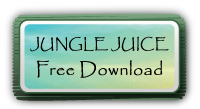
WORKSHOP: INFUSED OILS & SALVE MAKING
Thursday, November 24 @ Homesteader Health (Gateway)
One of my passions is teaching which includes sharing simple, yet effective tools of healing.
If you always wanted to learn how to make your own (healing) salve, the upcoming workshop is for you.
I will teach how to make infused oils from dried plant material, and how to use these oils for creating salves.
For information and to register, contact Homesteader Health at 780.539.8870.
Green Blessings,
Gudrun

GREEEN BLESSINGS FROM HAIDA GWAII
Green blessings from Haida Gwaii (formerly Queen Charlotte Islands). We are enjoying time out in nature: camping, hiking, biking, nature art, beach combing, photography…
Until the next time,
Gudrun

WEEDS FOR WELLNESS – DANDELION
 Finally the bright yellow flowers are brightening the landscape – a sure sign that spring is here to stay. Hard to believe that herbalists have great appreciation for this marvelous creation of nature? We use flowers, buds, leaves and roots as food and medicine. My grandkids nibble on the flowers and young leaves.
Finally the bright yellow flowers are brightening the landscape – a sure sign that spring is here to stay. Hard to believe that herbalists have great appreciation for this marvelous creation of nature? We use flowers, buds, leaves and roots as food and medicine. My grandkids nibble on the flowers and young leaves.
Last year I made a crown out of dandelion flowers for my then 4 year old grand daughter. She was wearing it proudly as we walked into Canadian Tire. With great joy I observed the reactions of customers especially when we were wandering around the Round-up shelf. So much fun!
Be creative and “brave” – eat flowers and young leaves, add both to salads, make a Dandelion flower cold infusion. Decorate ice creams and cakes … and most of all, have fun and be grateful for the gift of this plant that most consider to be a pesky weed.
DANDELION – Taraxacum off. – Asteraceae famly
PARTS USED: Roots, stems, leaves and flowers
HARVEST TIME
Roots: Spring before flowering or fall after first frost
Leaves: Early spring, throughout summer (leaves increase in bitter taste with age)
Flowers: When in full bloom
NUTRITIONAL VALUE
Rich in minerals such as calcium, iron, copper, magnesium, manganese, phosphorus, potassium, selenium, silicon, and zinc. Vitamins A, B complex, C and D.
Carotenoids, fatty acids, flavenoids and phytosterols.
NOTE: The roots are exceptionally high in vitamin A
THERAPEUTIC ACTIONS
Leaf: Diuretic (high in potassium) – Choleretic (stimulates bile production by liver) – Aperient (mild laxative)
Root: Bitter digestive tonic; nutritive – Choleretic, cholagogue – Aperient, laxative – Anti-rheumatic, anit-inflammatory (animal studies)
Sap: Keratolytic (breaks down outer layer of skin)
INDICATIONS
Leaf: Water retention
Root: Inadequate bile production, gallstones, liver/gall bladder insufficiency, congestive jaundice, Dyspepsia, lack of appetite
Sap of stalks, roots, or leaves: Warts, cankers
FORM OF PREPARATION
Infusions (leaves; flowers) – Decoctions (root) – Tinctures – Vinegars (roots, leaves, flowers) – Infused Oils – Salves – Food (leaves, petals, young roots)
CONTRA-INDICATIONS
No reported toxicity; however some people experience sensitivity reactions
ELDERBERRY SYRUP
Elderberry syrup is a delicious and healthy way to support your IMMUNE SYSTEM. One of its additional great benefits is its ANTI-CATARRHAL action. This means it helps to prevent mucous formation and aids in the removal of excess mucous. This is especially useful at this time of the year, when so many of us are dealing with colds, runny noses and coughs, all of which are accompanied by an excess of mucous production.
Elderberry syrup is safe for children and can be taken straight, added to soda water, smoothies, beverages, ice cream, yogurt etc.
ACTIONS:
Immune System Support/Stimulant – Anti-Viral – Anti-catarrhal – Anti-Inflammatory
INDICATIONS:
Colds – Flu – Fever (reduces symptoms and duration) – Upper Respiratory Infections – Allergies – Urinary Tract Infections
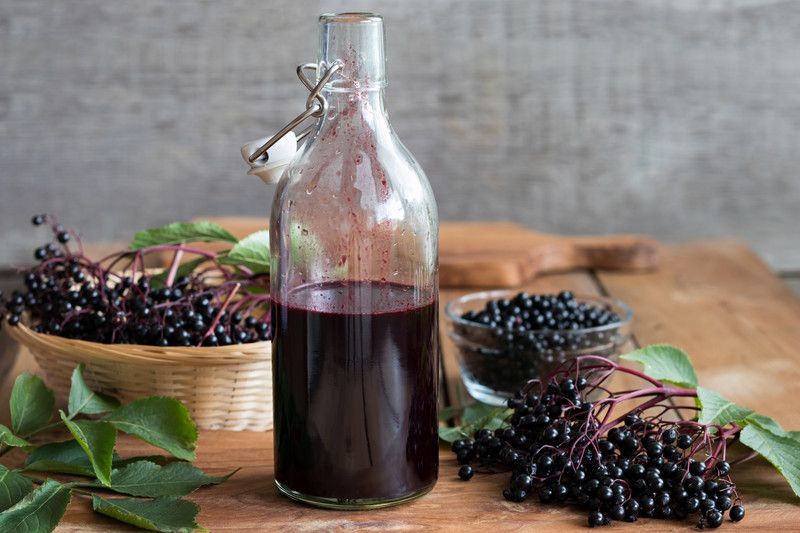
MYSTERY SOLVED – IS EATING BREAD MAKING YOU SICK?
Finally, I believe, I have found the answer to a question that has been puzzling me for years. Why is it that many gluten-sensitive people or even celiacs can eat bread in Europe without experiencing any reactions, but get sick or at least have symptoms of indigestion when they consume bread in North America?
Breads in Europe are made with yeast. The yeast helps to break down the protein lectin. Lectins can be a culprit for a great variety of health issues. In contrast, since 1950, yeast in North America has been replaced with the rising agent transglutaminase. Transglutaminase is also known as “meat-glue”; it is being used as a binding agent to “glue together” ground meat and seafood. According to Dr. Steven Gundry, transglutaminase makes us more sensitive to gluten. And to make matters worse, transglutaminase is apparently also being used in gluten free products. No wonder so many people are having trouble these days digesting bread, assuming they are gluten-sensitive when in fact, gluten is not the offender.
The need to continuously educate ourselves is of utmost importance. Unfortunately we cannot rely on or trust government and industry to make decisions that are in our best interest.
Green blessings,
Gudrun
CANADIAN HERB CONFERENCE, November 5-8
I am happy and excited to be joining over 25 fellow herbal practitioners in this three day event. The event provides incredible opportunities to learn from some of Canada’s leading herbalists.
SAVE $20 off registration fees by entering my code: gudrun20
For workshop details and registration information go to: https://herbconference.com/
Hope to “see” you there!
Green Blessings,
Gudrun
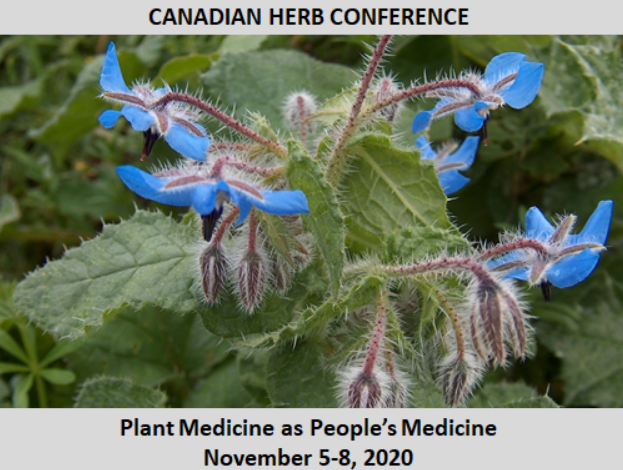
JULY 2020 BOOK SALE
While quantities last …
- Some prices below cost
- Prices include GST
- Click link to see list of available titles with prices:
JULY 2020 BOOK SALE

WEEDS FOR WELLNESS – DANDELION
 Finally the bright yellow flowers are brightening the landscape – a sure sign that spring is here to stay.
Finally the bright yellow flowers are brightening the landscape – a sure sign that spring is here to stay.
Hard to believe that herbalists have great appreciation for this marvelous creation of nature? We use flowers, buds, leaves and roots as food and medicine. My grand kids nibble on the flowers and young leaves.
Last year I made a crown out of Dandelion flowers for my then 4 year old grand daughter. She was wearing it proudly as we walked into Canadian Tire. With great joy I observed the reactions of customers especially when we were wandering around the Round-up shelf. So much fun!
Be creative and “brave” – eat flowers and young leaves, add both to salads, make a Dandelion flower cold infusion. decorate ice creams and cakes … and most of all, have fun and be grateful for the gift of this plant that most consider to be a pesky weed.
DANDELION – Taraxacum off. – Asteraceae famly
PARTS USED: Roots, stems, leaves and flowers
HARVEST TIME
Roots: Spring before flowering or fall after first frost
Leaves: Early spring, throughout summer (leaves increase in bitter taste with age)
Flowers: When in full bloom
NUTRITIONAL VALUE
Rich in minerals such as calcium, iron, copper, magnesium, manganese, phosphorus, potassium, selenium, silicon, and zinc. Vitamins A, B complex, C and D.
Carotenoids, fatty acids, flavenoids and phytosterols.
NOTE: The roots are exceptionally high in vitamin A
THERAPEUTIC ACTIONS
Leaf: Diuretic (high in potassium) – Choleretic (stimulates bile production by liver) – Aperient (mild laxative)
Root: Bitter digestive tonic; nutritive – Choleretic, cholagogue – Aperient, laxative – Anti-rheumatic, anit-inflammatory (animal studies)
Sap: Keratolytic (breaks down outer layer of skin)
INDICATIONS
Leaf: Water retention
Root: Inadequate bile production, gallstones, liver/gall bladder insufficiency, congestive jaundice, Dyspepsia, lack of appetite
Sap of stalks, roots, or leaves: Warts, cankers
FORM OF PREPARATION
Infusions (leaves; flowers) – Decoctions (root) – Tinctures – Vinegars (roots, leaves, flowers) – Infused Oils – Salves – Food (leaves, petals, young roots)
CONTRA-INDICATIONS
No reported toxicity; however some people experience sensitivity reactions
There is no such thing as “HEALTH FOODS”
 If what we eat does not nourish and support our bodies it should not be called food. Therefore at least 80% of what is sold as “food” in the grocery stores does not classify as food. It fails to provide the building blocks to the body required to maintain healthy cells and tissues.
If what we eat does not nourish and support our bodies it should not be called food. Therefore at least 80% of what is sold as “food” in the grocery stores does not classify as food. It fails to provide the building blocks to the body required to maintain healthy cells and tissues.
It not only does not provide what is required by the body to function properly, but it also typically burdens and damages our body with chemicals such as preservatives, colouring agents, pesticides, herbicides, and genetically modified/engineered foods. A high percentage of so-called health issues can be remedied with a change in dietary habits. I see this happening every day in my practice.
Many people would never feed their animals the food and drinks they themselves are consuming on a daily basis. Why not? Because they know all too well that their own diet would not be good for their pets!
So, I suggest make your foods your medicines and if you do this you will be surprised how your energy increases, your skin clears up, no more phlegm, achy joints … I recommend you eat 70% raw on a regular basis.
As always, green blessings,|
Gudrun
Healthy Snack Ideas
– Seeds and nuts: Both are full of healthy fats and protein, which help stabilize blood sugar levels. Avoid pre-salted nuts.
– Seed and nut butters with fruit or vegetables: The classic “ants on the log” (nut butter spread on a celery stick and decorated with raisins) – fruits such as apples dipped in nut butter.
– Veggies and dip: Any vegetable you enjoy for example carrots, celery, broccoli, tomato, cucumber and cauliflower etc. can be enjoyed with a healthy dip such as hummus or guacamole. Avoid commercial dips such as ranch. Typically they have very little nutritional value and are high in fat and therefore calories.
NUTRITION – THE IMPACT ON LEARNING AND BEHAVIOUR
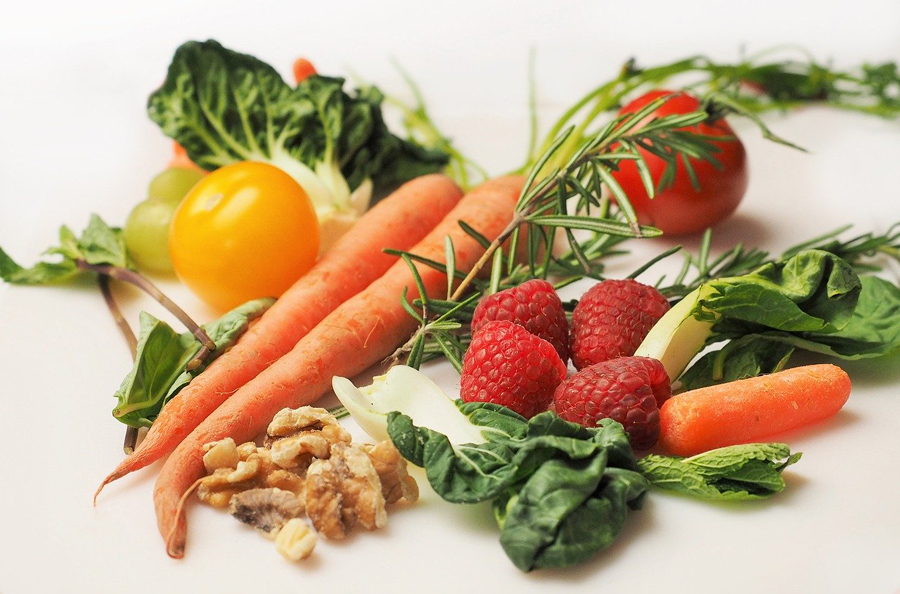 “We know only too well that what we are doing is nothing more than a drop in the ocean. But if the drop were not there, the ocean would be missing something.”
“We know only too well that what we are doing is nothing more than a drop in the ocean. But if the drop were not there, the ocean would be missing something.”
―
“The Wisconsin School Phenomenon: Impact of fresh, healthy foods on learning and behaviour” https://youtu.be/LgabV3Ktgww The video is older but the message is still relevant and powerful.
In 1997 the Wisconsin School District started an experiment, introducing wholesome, preservative-free nutrition for their students. Prior to the program the school was plagued with students dropping out and violence that required an on-staff police officer. After the introduction of the program, in a yearly survey required to be completed by schools, the school scored zero in the following five categories: dropouts – expulsions- drugs weapons and suicide. Out of 4,500 high school aged students only 16 (!) dropped out.
Why is it that nutrition is still not being given the attention and credit it deserves? We know the facts about the effects on overall health, learning ability and behaviour? How can children be expected to function properly in schools when they have no breakfast, reach for candy bars and fast foods during the day?…. If anything we put into our mouth/body does not provide the building blocks for the body to regenerate healthy cells, it should not be considered food. I wonder where the term “health food” comes from.
I strongly believe, that we owe it to our children (and ourselves of course) to provide them with the best foundation possible to succeed in life. Yet, society has the tendency to turn a blind eye to so many important facts. I encourage you to be strong, set an example for others and in this way, leave a positive footprint and make it easier for others to follow.
Green blessings,
Gudrun


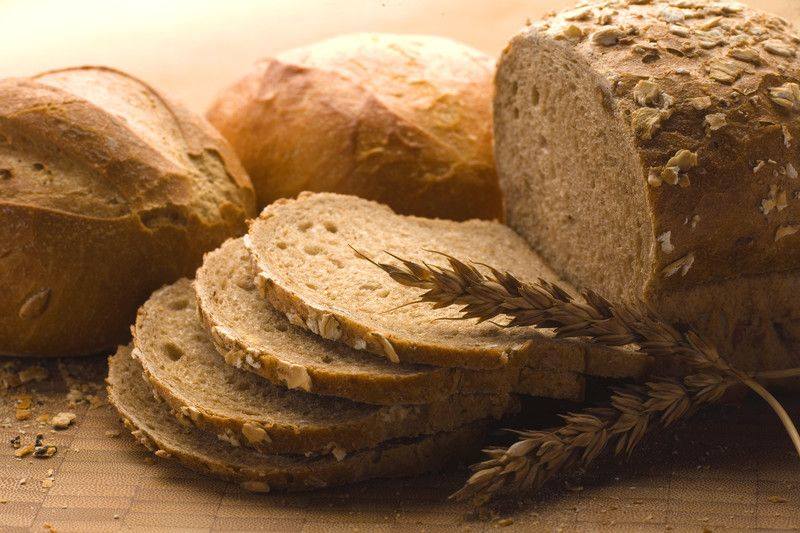

Follow Us!